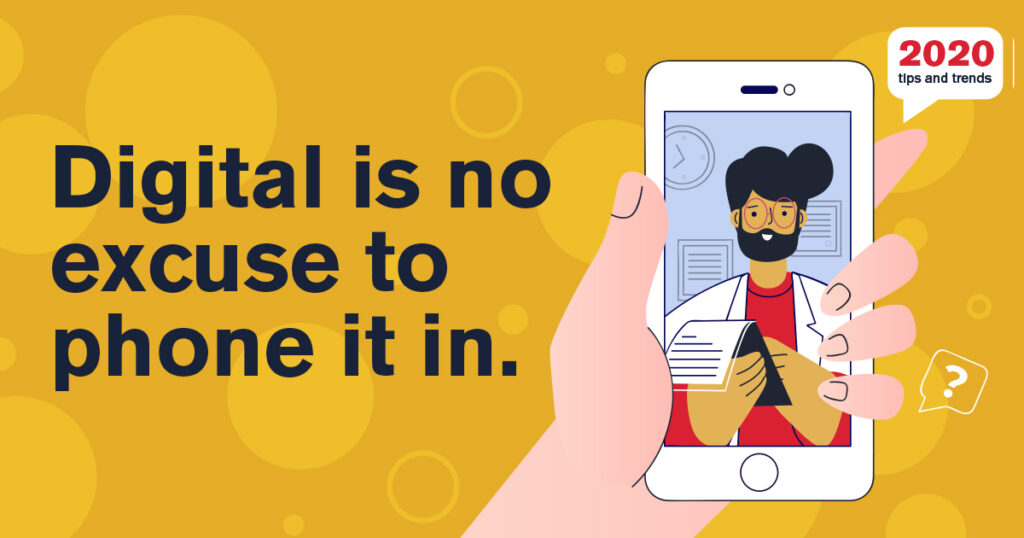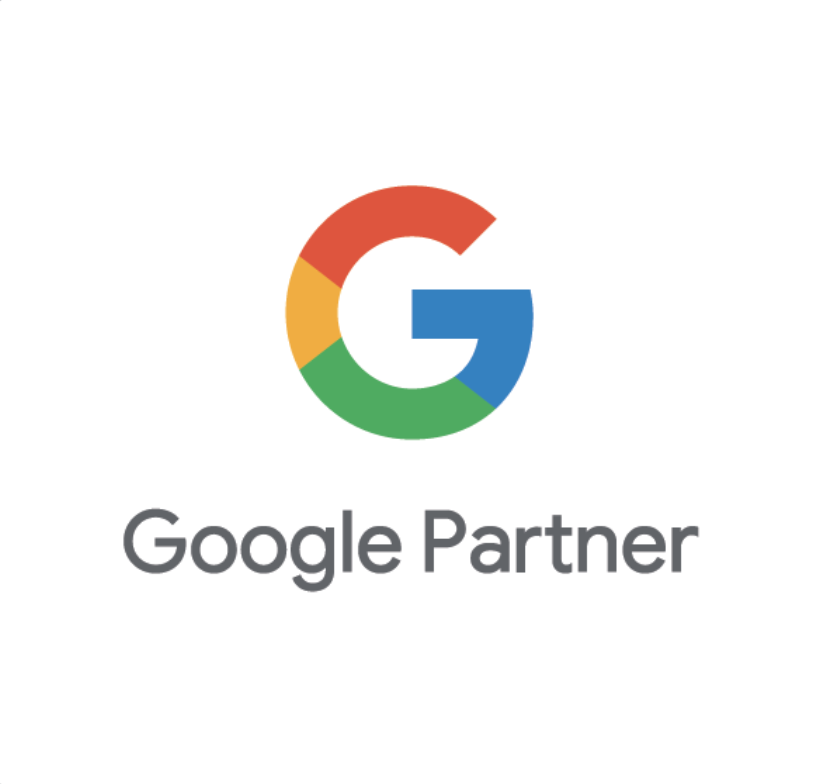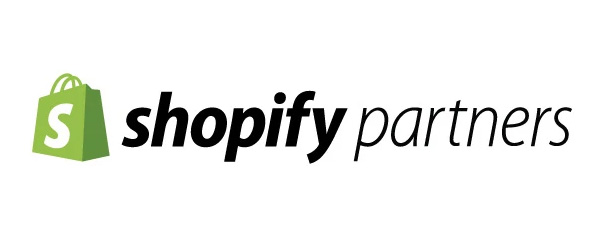Digital is No Excuse to Phone It In
There’s no denying the impact that digital advertising has had on the entire advertising and marketing industry as a whole. The incredible access to data that we all enjoy has made it easier than ever to target whomever your business or clients need in order to be most successful. But this luxury shouldn’t come at the expense of a great brand and strong messaging.
Here’s the challenge:
Here’s the challenge: as many of us know, digital advertising is a brilliant bottom-of-the-funnel strategy for engaging consumers at a moment when they are very likely to take action. Because of this, it’s easy to fall into the habit of creating action-driven messaging only, and relying on that to create the impact that you desire. This is a good strategy for places like online stores, Amazon retailers, or interactions that occur on a purchasing platform such as Amazon, eBay and others. However, in the grand scheme of digital advertising space, this represents only a small percentage of digital ad buys, and deals specifically with ecommerce-based retailers.
So what about the other, larger percentages of the digital ad world, namely the Google Display Network and Facebook, where do they fall in the funnel?
Target, touchpoint and time
When building out a digital ad strategy, keep three things in mind: your target, your touch points and the point in time when your target will interact with your ad. First, your target. This will vary based on your specific business, product or service, but make sure you have a very clear understanding of your targets. Notice that’s targets, with an “s.”
There are a select few industries that will have one target and one target only, the majority will most likely have a primary and secondary target at least, but still other industries may have four or more primary targets.
Make sure that you put some time and effort into researching your targets, identifying your most profitable or most desirable, and building strategies for each. A younger, affluent target demographic is going to have different tastes in messaging than an older, lower income target, or vice-versa. Consider things like regionality, behavior, cultural differences and more when building these profiles.
Once you’ve identified your targets, start focusing on your touchpoints. What are you promoting and where? Does the product or service have a robust, informational landing page that you can direct users to? Is the messaging aligning with your target and your intended perception/reaction? Is your goal conversion or awareness? Ironing out these touchpoints, or at least putting a solid foundational strategy behind them will go a long way toward realizing the goals for your digital campaign.
Lastly, time. When are your targets most likely to interact with your ads? Think less time of day, and more when in the customer journey are they likely to interact. Is this their first time seeing your brand? Are you reinforcing that brand in any other way, on any other type of media? If so, are you taking measures to ensure that the messages build upon one another instead of presenting different messages? Considering where in the consumer timeline your advertising fits in (hint: it doesn’t have to be one spot on the timeline) is crucial to ensuring you’re delivering a pertinent, relevant message to an audience that is more likely to engage at that moment.
The digital frontier is still very new to many of us, but the opportunities it presents are immense, especially if you take the time to craft a strong strategy and back it up with well thought-out messaging and tactics. Here’s to the future.












